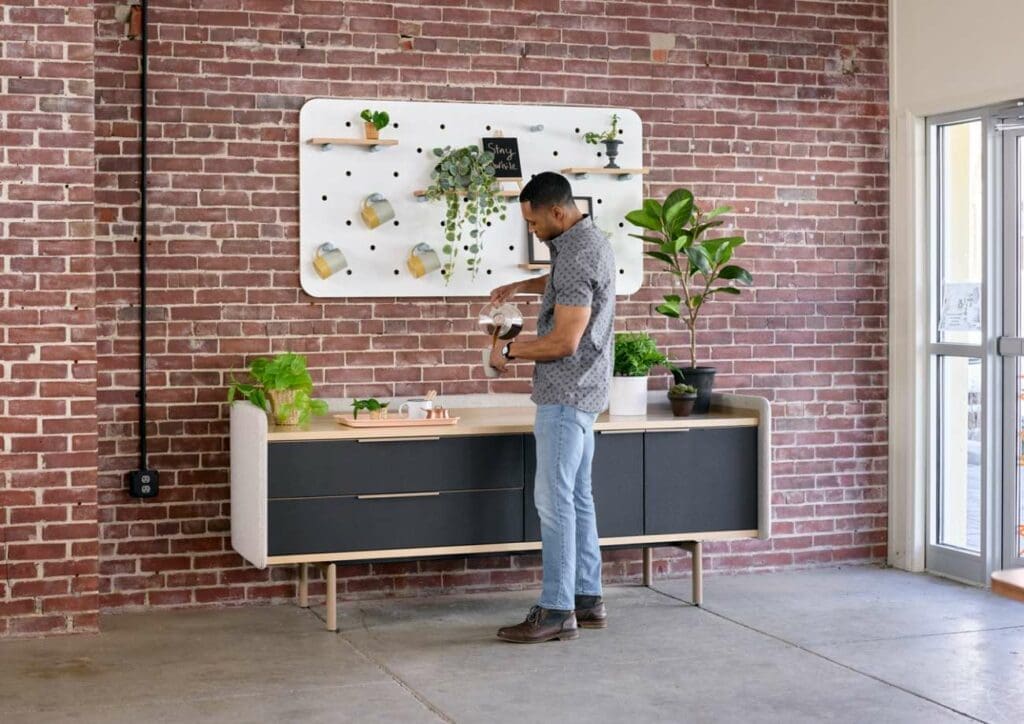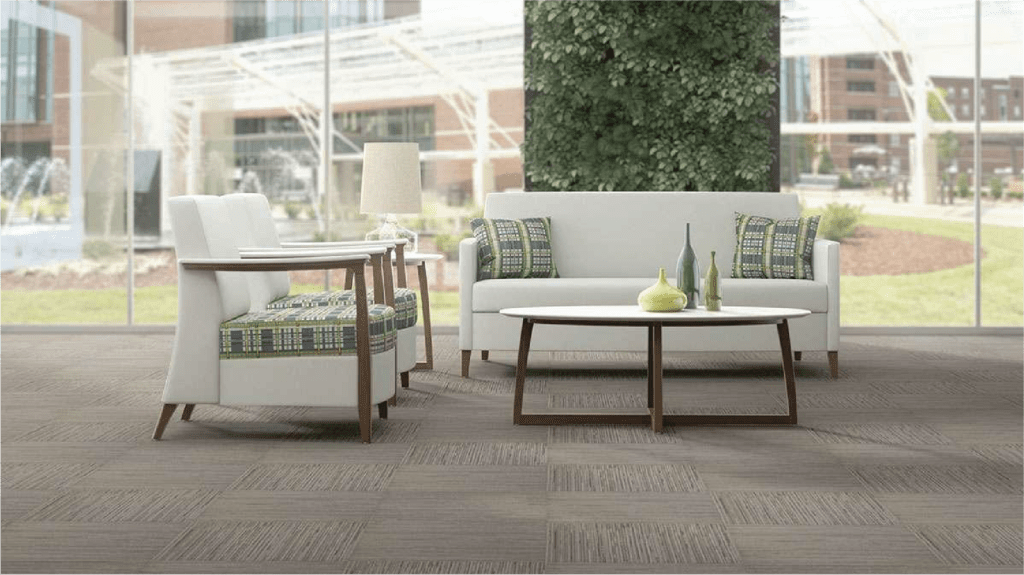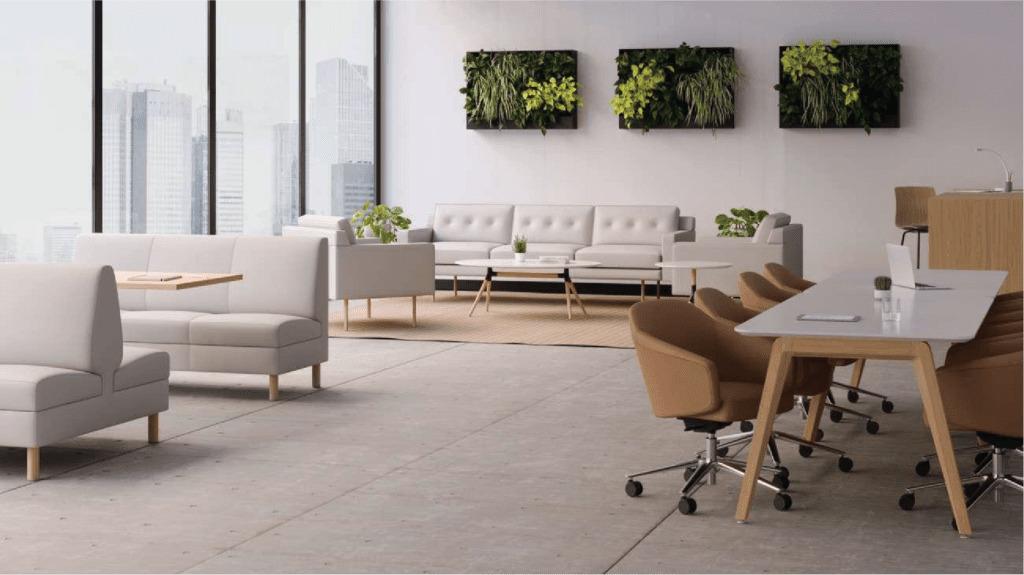If there is such a thing as a silver lining to a global pandemic, then one positive outcome from COVID-19 could be our rekindled connection to the outside world. When we grew tired of staring at our screens, we took up the practice of daily walks. When we could not dine in our favorite restaurants, we hosted picnics and socially distanced barbecues.
Many of us also found ourselves embracing nature through an abundance of houseplants. 71 percent of North American greenhouses saw an increase in plant sales in 2020, according to Greenhouse Management magazine’s 2020 State of the Industry report. Meanwhile, houseplant hobbyists took to social media to show off their collections: the hashtags #plantmom and #plantsofinstagram have accrued 3.3 million and 14 million posts, respectively.
It should come as no surprise, then, that biophilic design has also experienced a renaissance over the past two years.





